Home>Furniture>Which Weather Instrument Can Be Used To Measure The Amount Of Rainfall
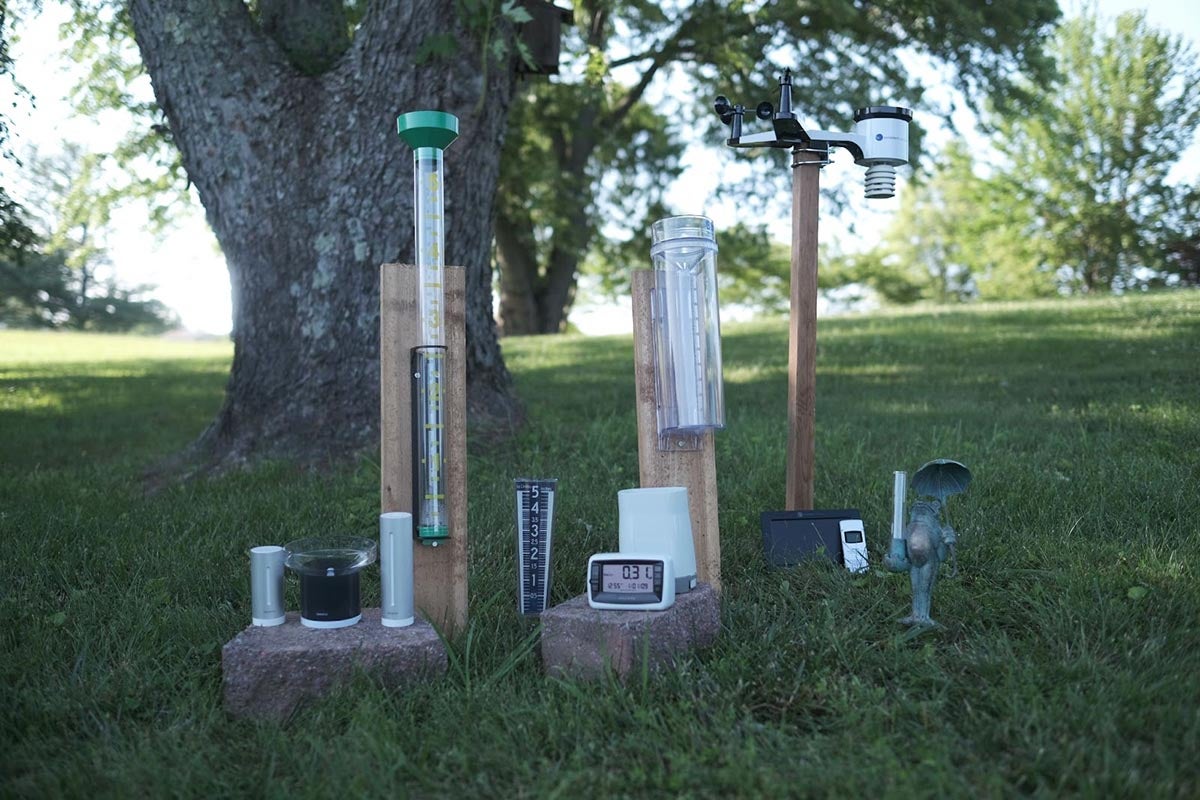

Furniture
Which Weather Instrument Can Be Used To Measure The Amount Of Rainfall
Modified: January 19, 2024
Discover the weather instrument used to accurately measure rainfall from this storm in our latest articles. Find out more about weather instruments and their role in meteorology.
(Many of the links in this article redirect to a specific reviewed product. Your purchase of these products through affiliate links helps to generate commission for Storables.com, at no extra cost. Learn more)
Introduction
Rainfall is a key parameter of the Earth’s climate system, providing essential information for a range of applications, from agriculture and water resource management to weather forecasting and climate research. Measuring rainfall accurately is crucial for understanding precipitation patterns, assessing drought conditions, and predicting potential flooding events.
In order to measure rainfall, weather instruments specifically designed for this purpose are utilized. These instruments are capable of quantifying the amount of rainfall that occurs during a specific time period, providing valuable data for analysis and decision-making.
Understanding the importance of measuring rainfall and the various weather instruments available is essential for meteorologists, scientists, and professionals in related fields. In this article, we will explore the significance of measuring rainfall, the different weather instruments used for this purpose, and delve into a specific storm scenario to discuss the selection of the most appropriate instrument.
By gaining insights into the methodologies and technologies involved in rainfall measurement, we can better comprehend the impacts of rainfall on our environment and explore effective strategies to manage and adapt to changing precipitation patterns.
Key Takeaways:
- Accurate rainfall measurement is crucial for water resource management, agriculture, flood prediction, and climate research. Selecting the right weather instrument is essential for gathering reliable data to support decision-making and environmental monitoring efforts.
- The selection of a weather instrument for rainfall measurement depends on factors such as purpose, accuracy, coverage area, data collection frequency, budget, and compatibility. Combining multiple instruments can provide a comprehensive understanding of rainfall patterns and enhance data reliability.
Importance of Measuring Rainfall
Measuring rainfall is paramount for a variety of reasons. It plays a crucial role in understanding the Earth’s water cycle, climate patterns, and their direct and indirect impacts on our daily lives. Here are some key reasons why measuring rainfall is of utmost importance:
- Water Resource Management: Rainfall measurement helps in evaluating water availability and planning water resource management strategies. By understanding the amount and intensity of rainfall in a particular region, authorities can make informed decisions regarding water storage, irrigation, and other water-related activities.
- Agriculture: Farmers rely on rainfall data to determine when to sow seeds, manage irrigation, and anticipate potential crop yield. Accurate and timely rainfall measurements provide valuable information for optimizing agricultural practices to ensure efficient water usage and reduce the risk of drought or excessive moisture.
- Flood Prediction and Prevention: Excessive rainfall can lead to flooding, causing significant damage to infrastructure, property, and even loss of life. By monitoring rainfall patterns, authorities can issue timely flood warnings and undertake preventive measures such as constructing and maintaining adequate drainage systems.
- Climate Research: Long-term rainfall data is essential for studying climate change and its impacts. By analyzing historical rainfall patterns and trends, scientists can gain insights into climate variability, identify potential shifts in precipitation regimes, and develop models for predicting future climate scenarios.
- Weather Forecasting: Accurate rainfall measurements are vital for weather forecasting and predicting severe weather events such as storms, hurricanes, and cyclones. By understanding the amount and distribution of rainfall, meteorologists can provide timely information and warnings, enabling individuals and communities to take necessary precautions.
- Drought Monitoring: Regular rainfall measurements assist in monitoring drought conditions. By tracking rainfall deficits and anomalies, authorities can identify areas susceptible to drought, allocate resources for drought mitigation, and implement measures to minimize its impact on agriculture, water supply, and overall socio-economic well-being.
These are just a few examples of why measuring rainfall is crucial. Without accurate rainfall data, decision-makers would face challenges in managing water resources, planning agricultural activities, mitigating flooding risks, and adapting to changing climate patterns. The information provided by rainfall measurements is invaluable for ensuring sustainability, resilience, and preparedness in the face of a changing environment.
Weather Instruments for Measuring Rainfall
Measuring rainfall requires specialized weather instruments designed to accurately capture and quantify the amount of precipitation that falls within a specific area over a given period of time. Here are some of the most commonly used weather instruments for measuring rainfall:
- Rain Gauge: A rain gauge is the primary instrument used to measure rainfall. It consists of a cylindrical or tapered container with a funnel-shaped top to collect rainwater. The collected water is then measured to determine the amount of rainfall. Traditional rain gauges are manually read and emptied, while modern versions are equipped with self-emptying mechanisms and automated sensors for improved accuracy and convenience.
- Tipping Bucket Rain Gauge: The tipping bucket rain gauge is an automated instrument that measures rainfall by using a funnel to collect rainwater, which then fills a small bucket. Once the bucket reaches a certain volume, it tips and empties, causing a recorded count or pulse to be registered. This method allows for accurate and continuous measurement of rainfall intensity and accumulation.
- Optical Disdrometer: Optical disdrometers are advanced instruments that use laser or optical techniques to measure the size and speed of individual raindrops. By analyzing the characteristics of the raindrops, such as their size, velocity, and terminal velocity, the disdrometer can calculate the rainfall intensity and provide valuable information about the type and structure of precipitation.
- Weather Radar: Weather radar is a powerful tool for measuring rainfall over large areas. It uses radio waves or microwaves to detect and analyze precipitation patterns in real-time. Weather radar can provide detailed information about the intensity, movement, and distribution of rainfall, making it invaluable for monitoring storms, rainfall rates, and predicting severe weather events.
- Weather Satellites: Weather satellites equipped with advanced sensors and instruments can provide valuable insights into rainfall patterns on a global scale. These satellites measure the reflectivity and emission of electromagnetic radiation from cloud and precipitation systems, allowing for the estimation of rainfall rates and coverage over vast areas.
- Hydrometeorological Stations: Hydrometeorological stations are comprehensive weather monitoring stations that combine various instruments, including rain gauges, temperature sensors, and wind measuring devices. These stations provide extensive data on rainfall, temperature, wind speed, and other meteorological parameters, allowing for a holistic understanding of weather conditions.
- Mobile Applications and Citizen Scientists: With the advent of technology, mobile applications and citizen science initiatives have emerged as additional sources of rainfall data. These platforms allow individuals to report rainfall measurements from their own personal rain gauges, contributing to community-based monitoring efforts and enhancing the overall understanding of local precipitation patterns.
These are just a few examples of the weather instruments used to measure rainfall. Choosing the appropriate instrument depends on factors such as the required level of accuracy, coverage area, and specific research or operational objectives. By utilizing these instruments, meteorologists, scientists, and weather enthusiasts can gather crucial data for understanding rainfall patterns and their influence on our environment.
The Storm and its Impact
A severe storm can have a significant impact on the local environment, infrastructure, and the lives of those in its path. Understanding the characteristics and effects of a storm is crucial for assessing its impact and taking appropriate measures to mitigate potential risks. Let’s explore a specific storm scenario and examine its impact.
Imagine a powerful storm system moving through a coastal region. This storm brings heavy rainfall, strong winds, and the potential for flash flooding. As the storm approaches, it triggers a rapid increase in rainfall intensity, leading to widespread precipitation across the area.
The heavy rainfall from the storm has several immediate and long-term impacts. The increased precipitation causes water levels in rivers, streams, and other water bodies to rise rapidly, increasing the risk of flooding. Flash flooding can occur in low-lying areas, damaging infrastructure, homes, and displacing residents.
The storm’s strong winds can also cause damage, uprooting trees, damaging power lines, and disrupting transportation. The combination of heavy rainfall and strong winds can lead to landslides and mudslides, particularly in hilly or mountainous regions.
Furthermore, the storm’s impact on agriculture cannot be ignored. Continuous rainfall, particularly if it exceeds the soil’s absorption capacity, can saturate the ground, leading to waterlogging and the loss of crops. This can have significant economic implications for farmers and also affect food availability in the region.
Other sectors, such as tourism, may also suffer as the storm disrupts travel plans, closes beaches, and restricts outdoor activities. Additionally, the storm’s impact on coastal areas can result in erosion and damage to coastal ecosystems, impacting marine life and the tourism industry.
Emergency services and local authorities play a crucial role in managing the storm’s impact. They monitor weather forecasts, issue warnings and advisories, and coordinate rescue and relief operations. The availability of accurate rainfall data is vital for making informed decisions and effectively responding to the storm’s effects.
By analyzing the storm’s impact, meteorologists, scientists, and disaster management agencies can improve their understanding of severe weather events, refine forecasting models, and develop better strategies for protection and mitigation.
Overall, it is essential to assess the impact of storms to better comprehend the consequences and design appropriate measures to mitigate risks, enhance resilience, and ensure the safety and well-being of affected communities.
A rain gauge is the weather instrument used to measure the amount of rainfall from a storm. It collects and measures the precipitation that falls in a specific area.
Selection of Weather Instrument for Rainfall Measurement
When it comes to measuring rainfall, selecting the most appropriate weather instrument is essential to ensure accurate and reliable data. Various factors need to be considered when choosing a weather instrument for rainfall measurement. Let’s explore some of the key considerations in the selection process:
- Purpose and Objectives: Determine the specific purpose for measuring rainfall. Are you conducting scientific research, monitoring drought conditions, or assessing flood risks? Clearly defining your objectives will help guide the selection process.
- Accuracy and Precision: Assess the level of accuracy and precision required for your measurement needs. Different weather instruments have varying levels of precision, ranging from traditional rain gauges to advanced optical disdrometers. Consider the desired level of detail in the data and choose an instrument that meets your accuracy requirements.
- Coverage Area: Consider the size and geographical coverage of the area where rainfall needs to be measured. Some instruments, like rain gauges, are suitable for localized measurements, while weather radar and satellites provide broader coverage over larger regions.
- Data Collection Frequency: Determine the frequency at which you require rainfall data. Some instruments, like tipping bucket rain gauges, can provide continuous measurements, while others, like manual rain gauges, require periodic readings. Consider the data collection frequency that aligns with your specific needs.
- Budget and Resources: Evaluate your budget and available resources. Advanced weather instruments, such as weather radar or optical disdrometers, may come with higher costs and require specialized expertise for installation and maintenance. Choose an instrument that aligns with your budget and available resources.
- Compatibility and Integration: Consider the compatibility and integration requirements with other data collection systems and analytical tools. Ensure that the selected weather instrument can seamlessly integrate with your existing infrastructure and software for efficient data management and analysis.
Once you have considered these factors, you can make an informed decision on the most suitable weather instrument for your rainfall measurement requirements. It is important to note that different instruments may be used in conjunction with each other to gather comprehensive rainfall data.
For instance, a combination of rain gauges for local measurements, weather radar for broader coverage, and satellite imagery for global perspectives can provide a holistic understanding of rainfall patterns. This multi-instrument approach allows for cross-validation and enhances the reliability of the data collected.
Furthermore, it is crucial to regularly calibrate and maintain the chosen weather instrument to ensure its accuracy and longevity. Following manufacturer guidelines and best practices for installation, upkeep, and data collection will help optimize the performance of the instrument.
In summary, the selection of a weather instrument for rainfall measurement depends on factors such as the purpose, accuracy required, coverage area, data collection frequency, budget, and compatibility. By carefully considering these factors and choosing the appropriate instrument, you can obtain accurate and reliable rainfall data to support research, decision-making, and environmental monitoring efforts.
Discussion on Various Weather Instruments
There are several weather instruments used for measuring rainfall, each with its own set of advantages, limitations, and applications. Let’s discuss some of the commonly used weather instruments for measuring rainfall:
- Rain Gauge: The rain gauge is the most basic and widely used instrument for measuring rainfall. It provides a direct measurement of the amount of rainfall that collects in a container. Rain gauges range from traditional manual models to automated versions with self-emptying mechanisms. They are relatively simple, cost-effective, and suitable for localized measurements.
- Tipping Bucket Rain Gauge: The tipping bucket rain gauge is an automated instrument that uses a bucket mechanism to measure rainfall. As rainwater enters the funnel, it fills one of the two buckets, causing it to tip and empty while the other bucket assumes the collecting position. Each tip of the bucket corresponds to a known volume of rainfall. Tipping bucket rain gauges provide continuous measurements, excellent accuracy, and are widely used in research and operational applications.
- Optical Disdrometer: Optical disdrometers use laser or optical sensors to measure the size and velocity of individual raindrops. By analyzing the characteristics of the raindrops, such as their size, velocity, and terminal velocity, optical disdrometers can accurately estimate rainfall intensity and provide valuable information about precipitation types and structures. They are particularly useful for research purposes and in situations where detailed information about individual raindrops is required.
- Weather Radar: Weather radar systems use radio waves or microwaves to detect and analyze precipitation patterns in real-time. Weather radar provides comprehensive coverage over large areas and is capable of measuring rainfall intensity, movement, and even identifying severe weather phenomena such as thunderstorms and tornadoes. It is a powerful tool for meteorologists and provides valuable data for weather forecasting, flood management, and severe weather monitoring.
- Weather Satellites: Weather satellites equipped with specialized sensors and instruments are used to observe and measure rainfall over vast geographical areas. Satellites provide valuable information about rainfall patterns on a global scale, enabling meteorologists and climate scientists to study precipitation trends, monitor large-scale weather systems, and improve weather forecast accuracy.
- Hydrometeorological Stations: Hydrometeorological stations combine several weather instruments, including rain gauges, temperature sensors, wind measuring devices, and more. These stations provide comprehensive meteorological data, including rainfall measurements, for a specific location. They are used in research, water resource management, and climate monitoring initiatives.
- Mobile Applications and Citizen Scientists: In recent years, mobile applications and citizen science initiatives have emerged as additional sources of rainfall data. Through these platforms, individuals can report rainfall measurements from their own personal rain gauges, contributing to community-based monitoring efforts. This data can supplement existing meteorological networks and enhance the understanding of local precipitation patterns.
It is important to select the appropriate weather instrument based on the specific requirements and considerations outlined earlier. Choosing the right instrument will ensure accurate and reliable rainfall measurements, facilitating research, forecasting, and decision-making processes related to weather and climate.
Conclusion
Measuring rainfall is crucial for understanding and managing the Earth’s climate system, as well as for various applications in agriculture, water resource management, weather forecasting, and climate research. By selecting the appropriate weather instrument for rainfall measurement, we can gather accurate and reliable data to inform decision-making and enhance our understanding of precipitation patterns.
In this article, we explored the importance of measuring rainfall and its impact on various sectors. We discussed the different weather instruments used for measuring rainfall, including rain gauges, tipping bucket rain gauges, optical disdrometers, weather radar, weather satellites, hydrometeorological stations, and mobile applications. Each instrument serves a specific purpose and offers unique advantages in terms of accuracy, coverage area, and level of detail in the data collected.
When selecting a weather instrument for rainfall measurement, it is crucial to consider factors such as the purpose, accuracy requirements, coverage area, data collection frequency, budget, and compatibility with existing systems. Combining multiple instruments can provide a comprehensive understanding of rainfall patterns, improve data validation, and enhance the reliability of collected data.
Accurate rainfall measurements are essential for managing water resources, predicting and mitigating floods, understanding climate change, and supporting various sectors such as agriculture, tourism, and emergency planning. The availability of reliable rainfall data improves resilience, preparedness, and decision-making processes, ultimately contributing to a more sustainable and resilient society.
As technology advances, there are opportunities to leverage advancements in remote sensing, data analytics, and citizen science initiatives to further enhance rainfall measurement capabilities. Embracing these innovations can expand the reach and accuracy of rainfall data, fostering a deeper understanding of precipitation patterns and their implications for our environment.
In conclusion, the measurement of rainfall plays a vital role in our understanding of the Earth’s climate system and its impact on society. By utilizing appropriate weather instruments and leveraging technological advancements, we can improve our ability to measure and interpret rainfall data, enabling informed decision-making and effective planning for the challenges posed by a changing climate.
Frequently Asked Questions about Which Weather Instrument Can Be Used To Measure The Amount Of Rainfall
Was this page helpful?
At Storables.com, we guarantee accurate and reliable information. Our content, validated by Expert Board Contributors, is crafted following stringent Editorial Policies. We're committed to providing you with well-researched, expert-backed insights for all your informational needs.
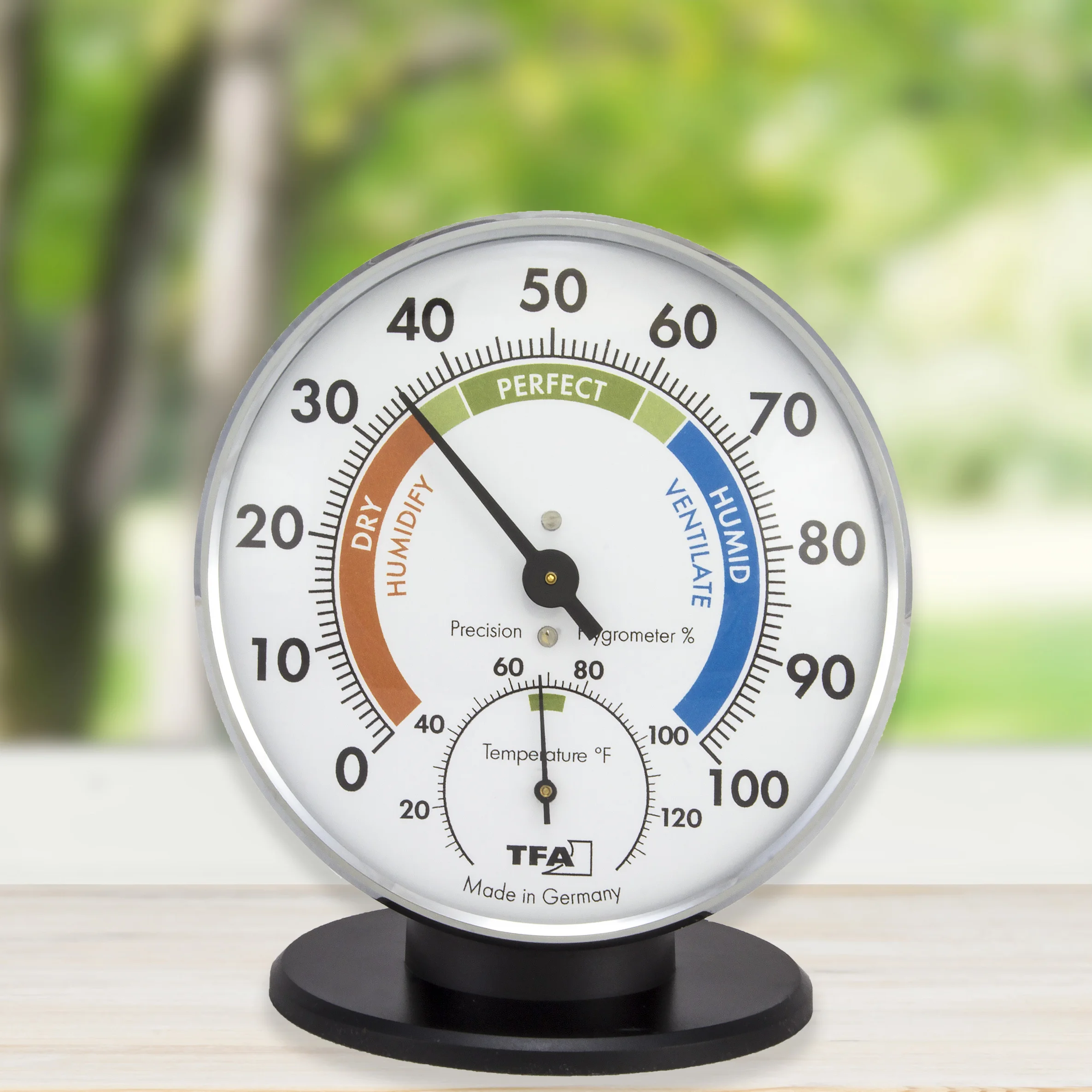
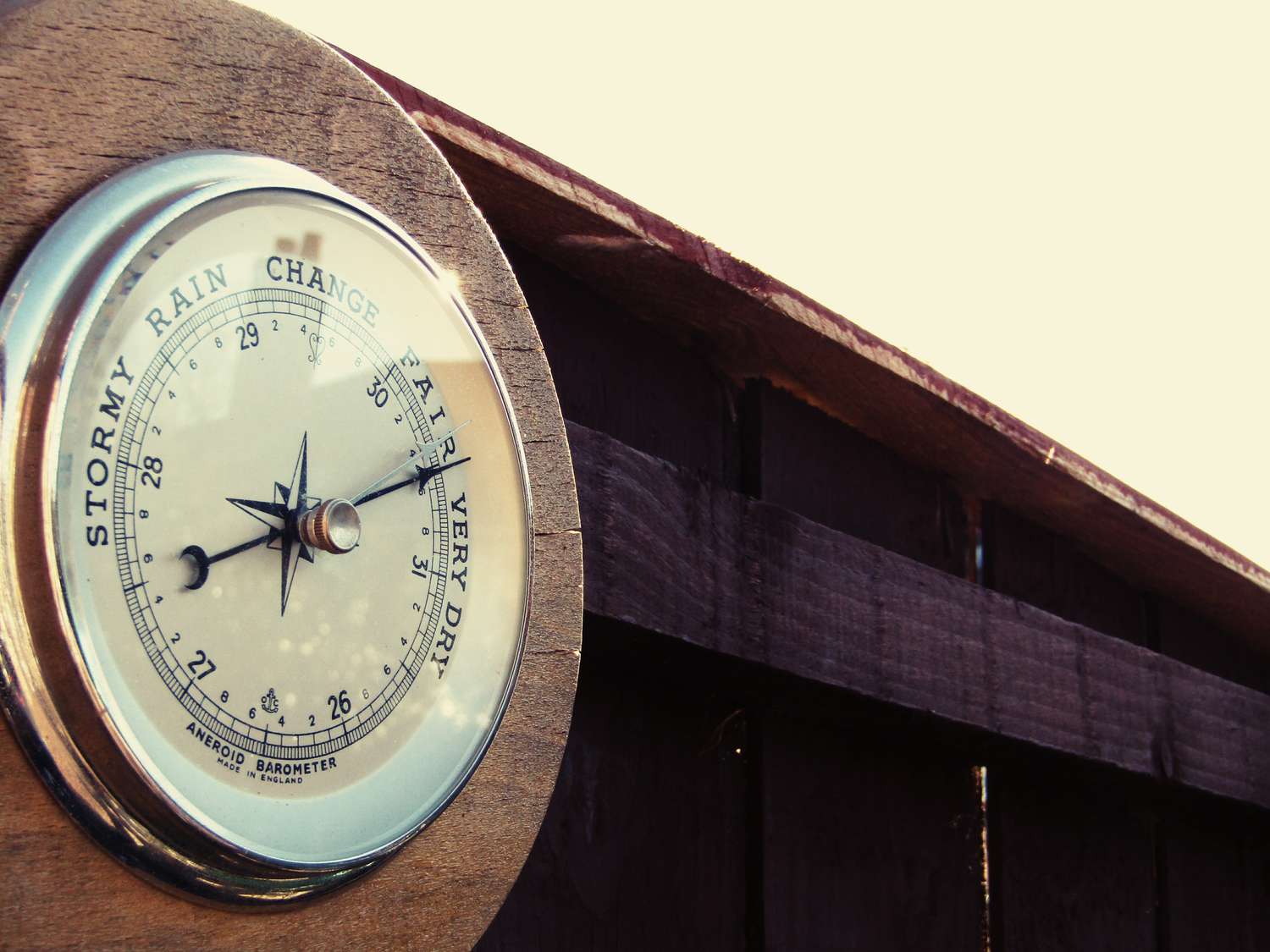
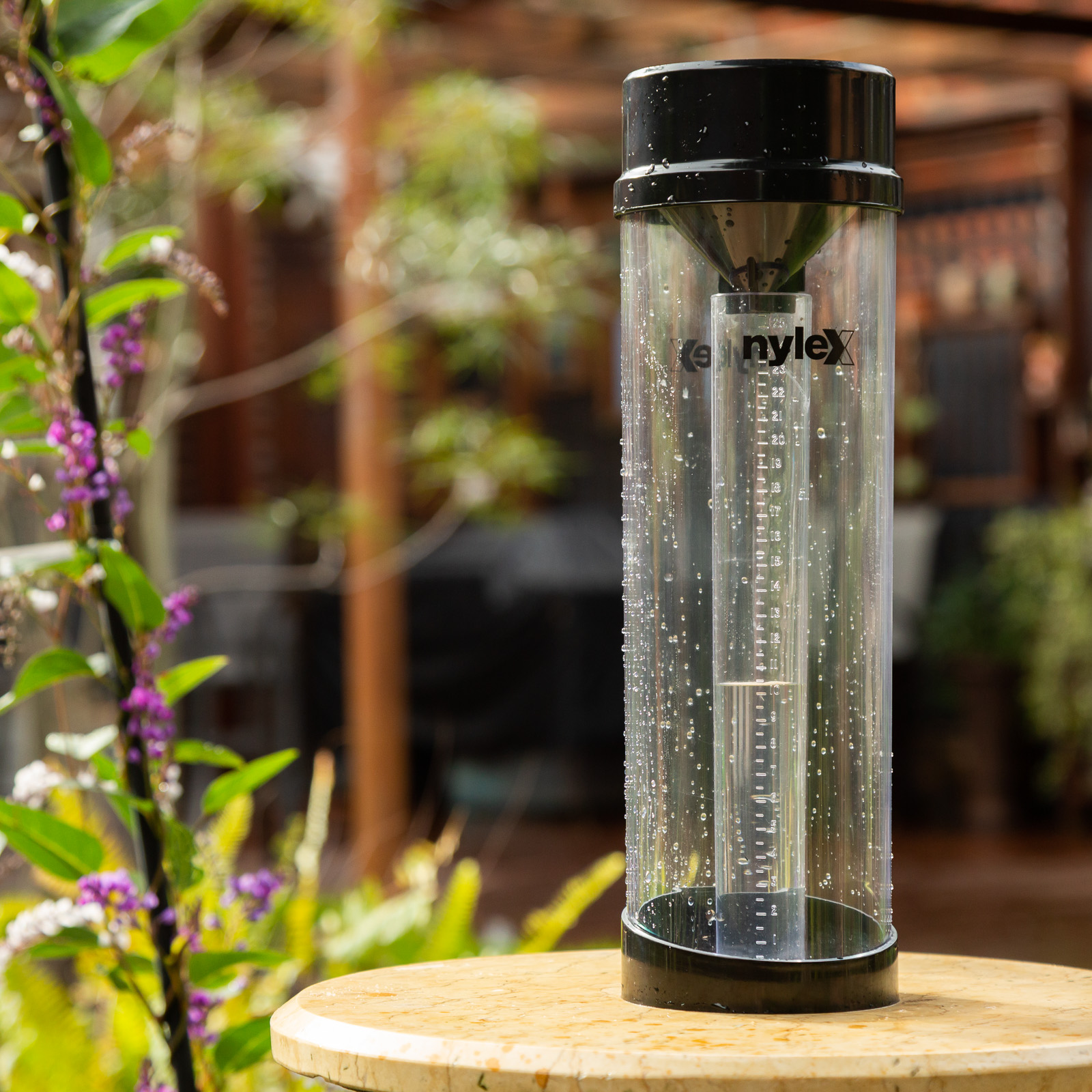
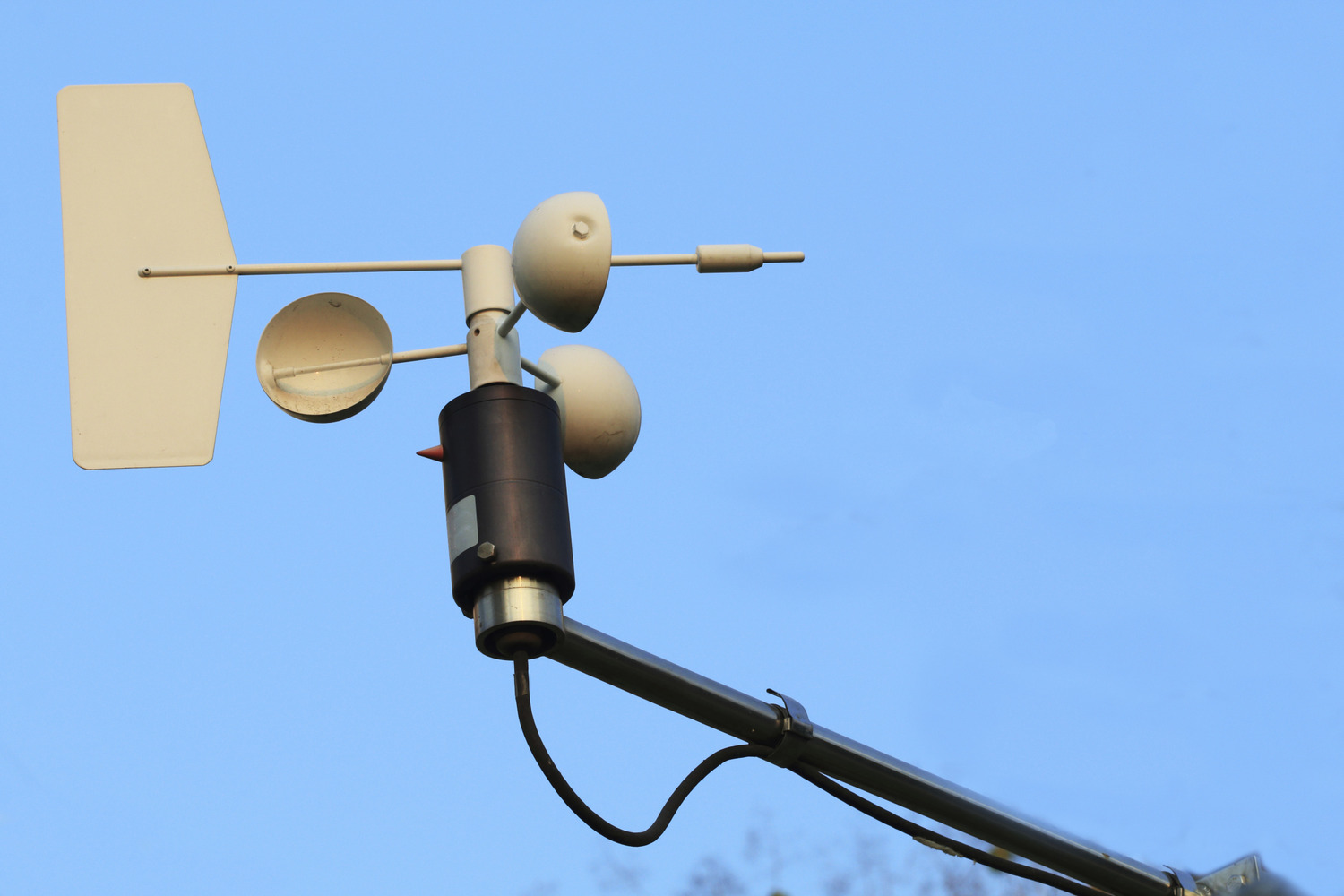
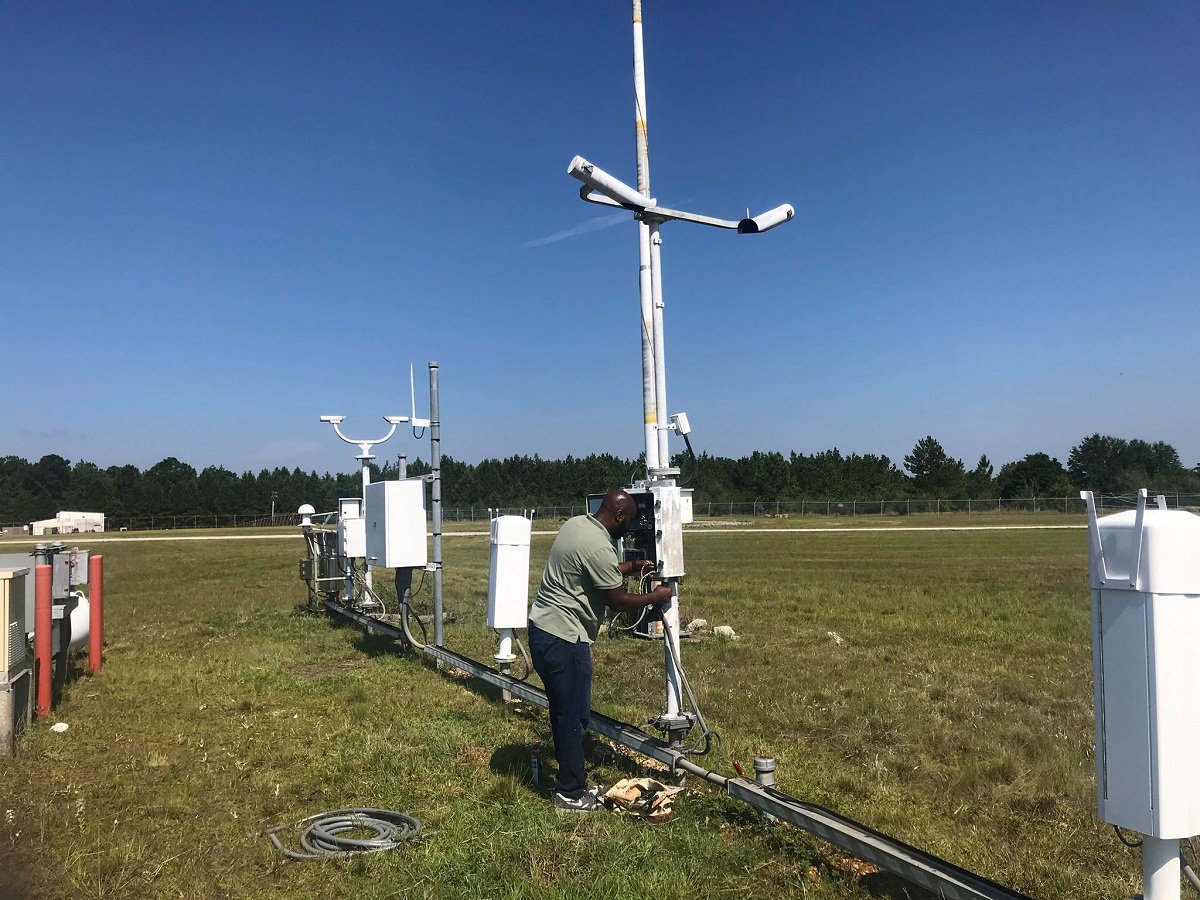
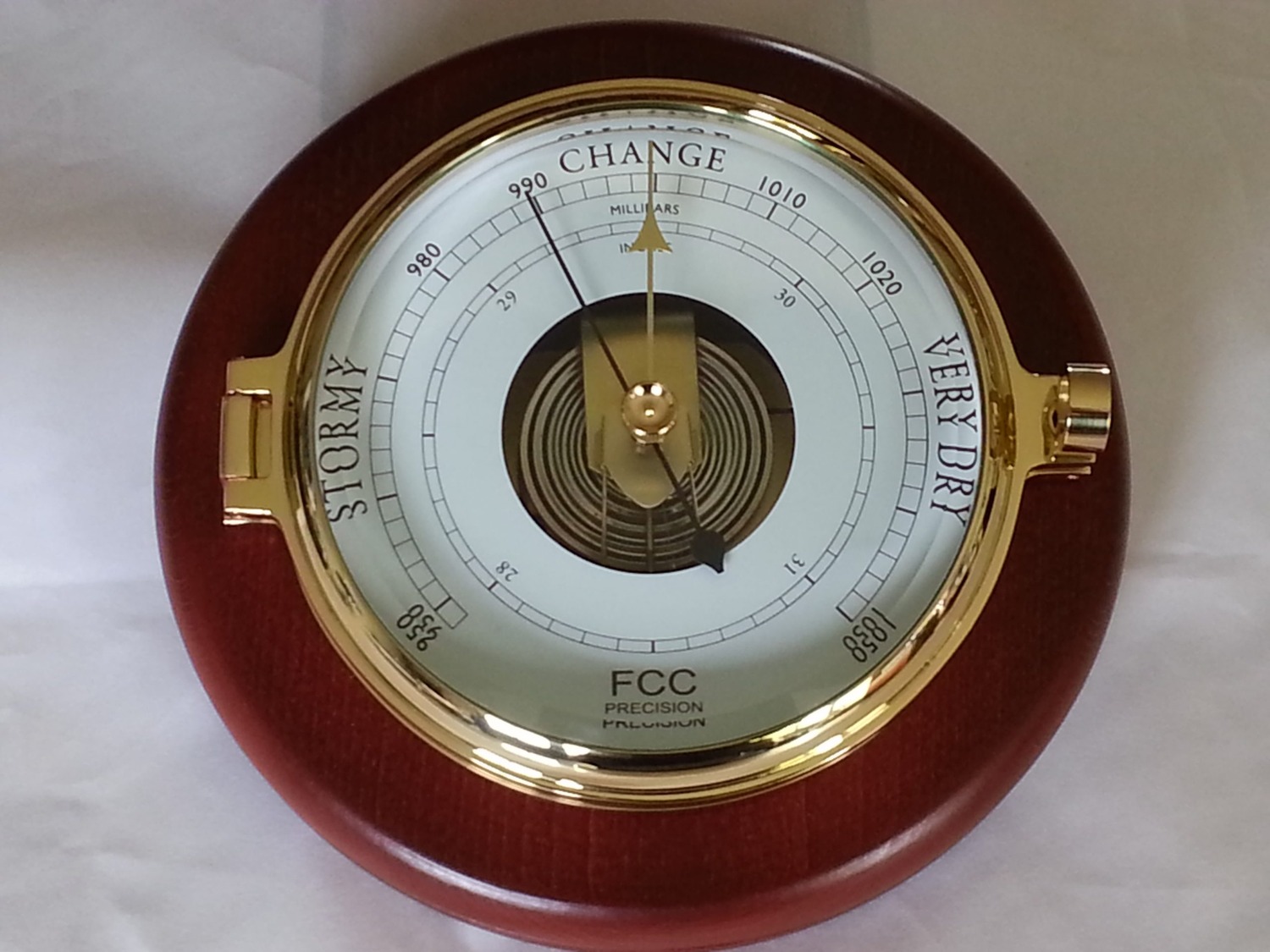
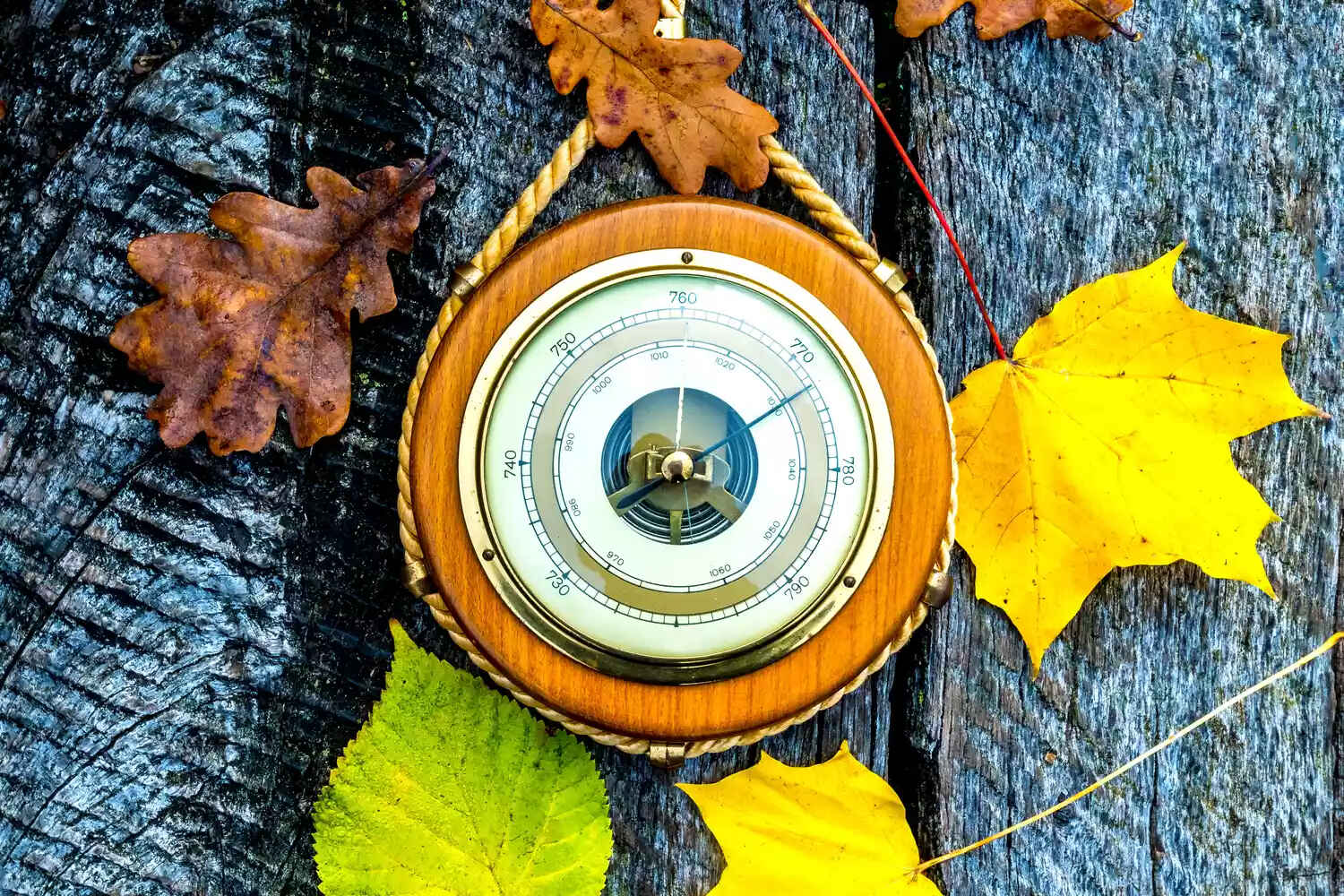
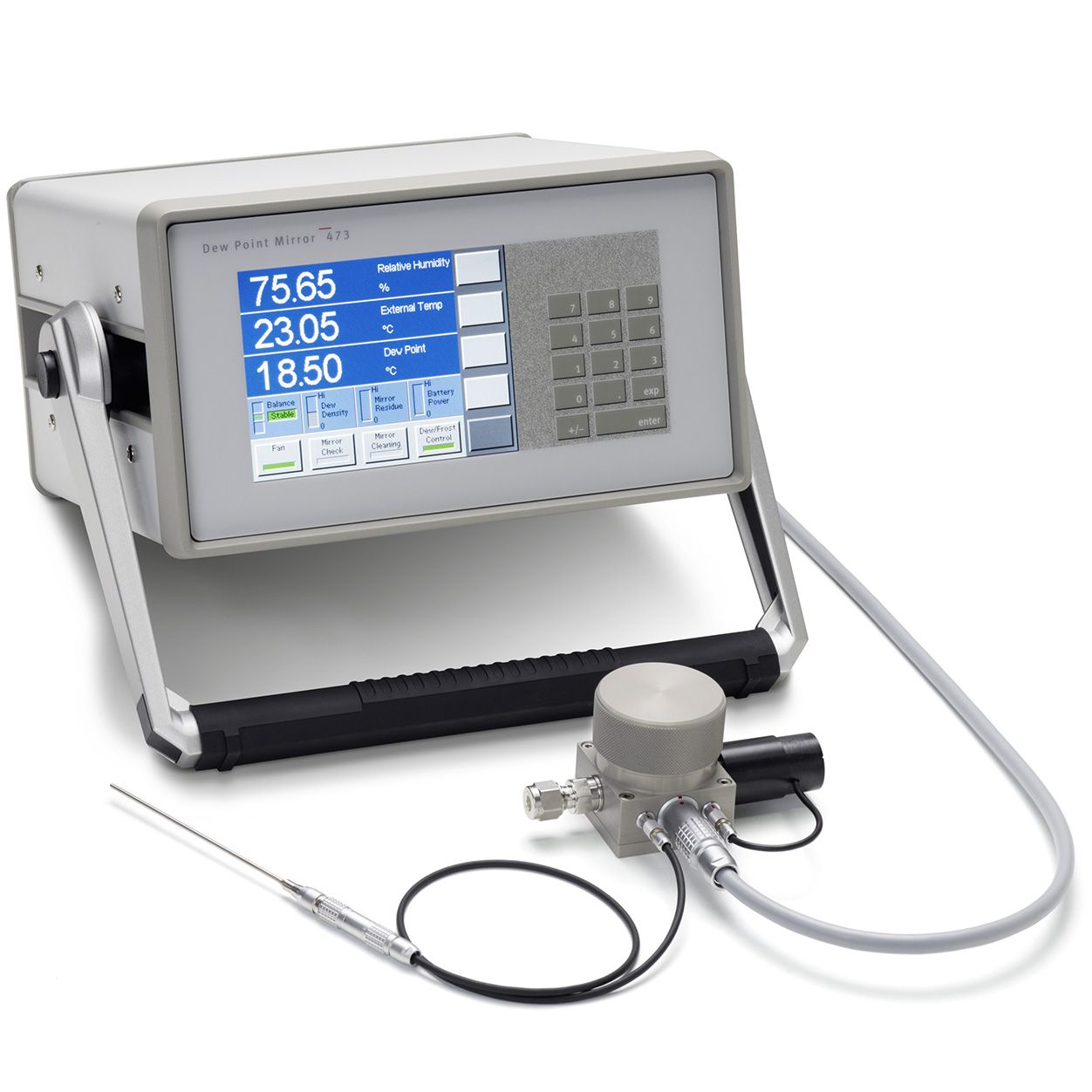
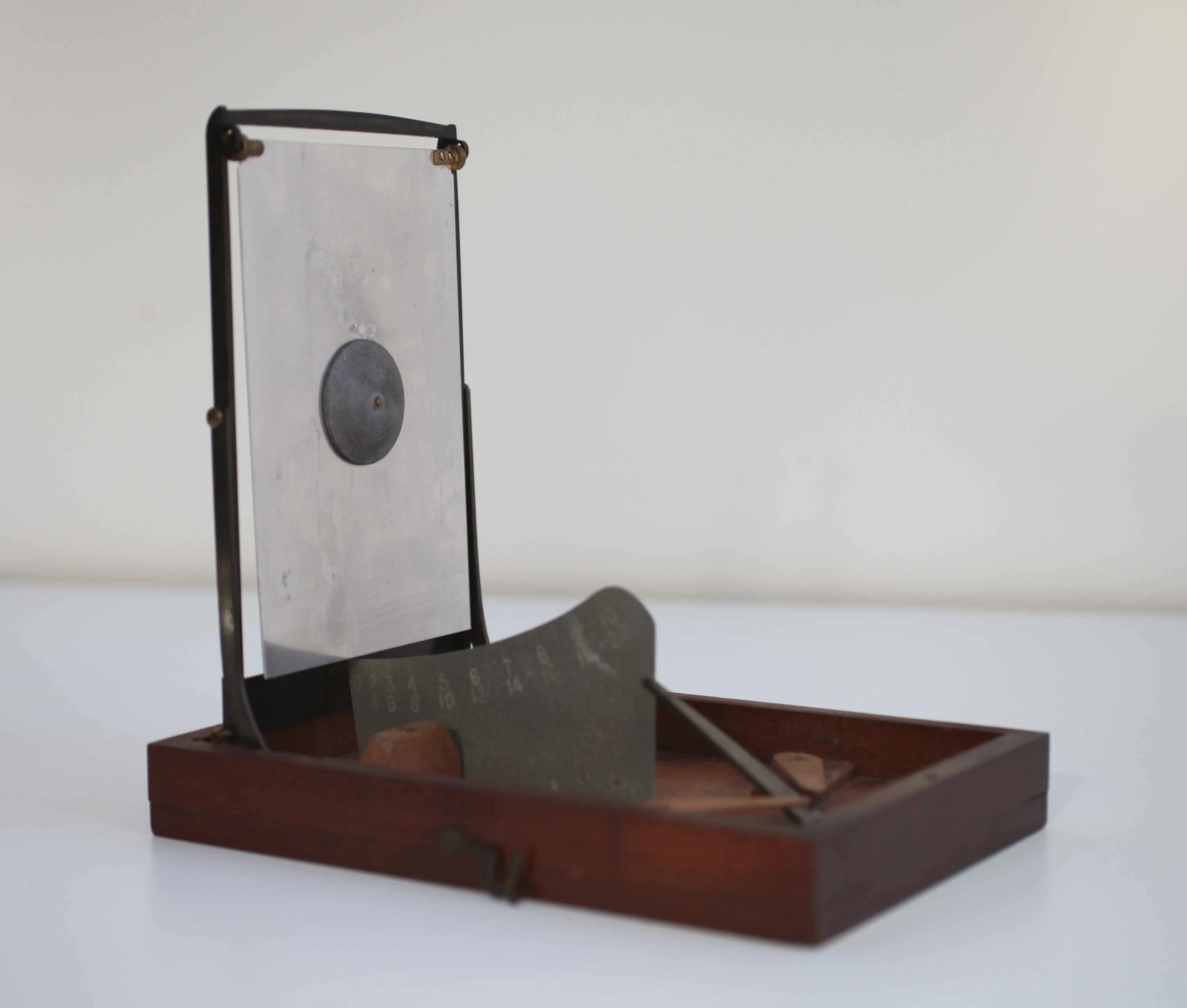
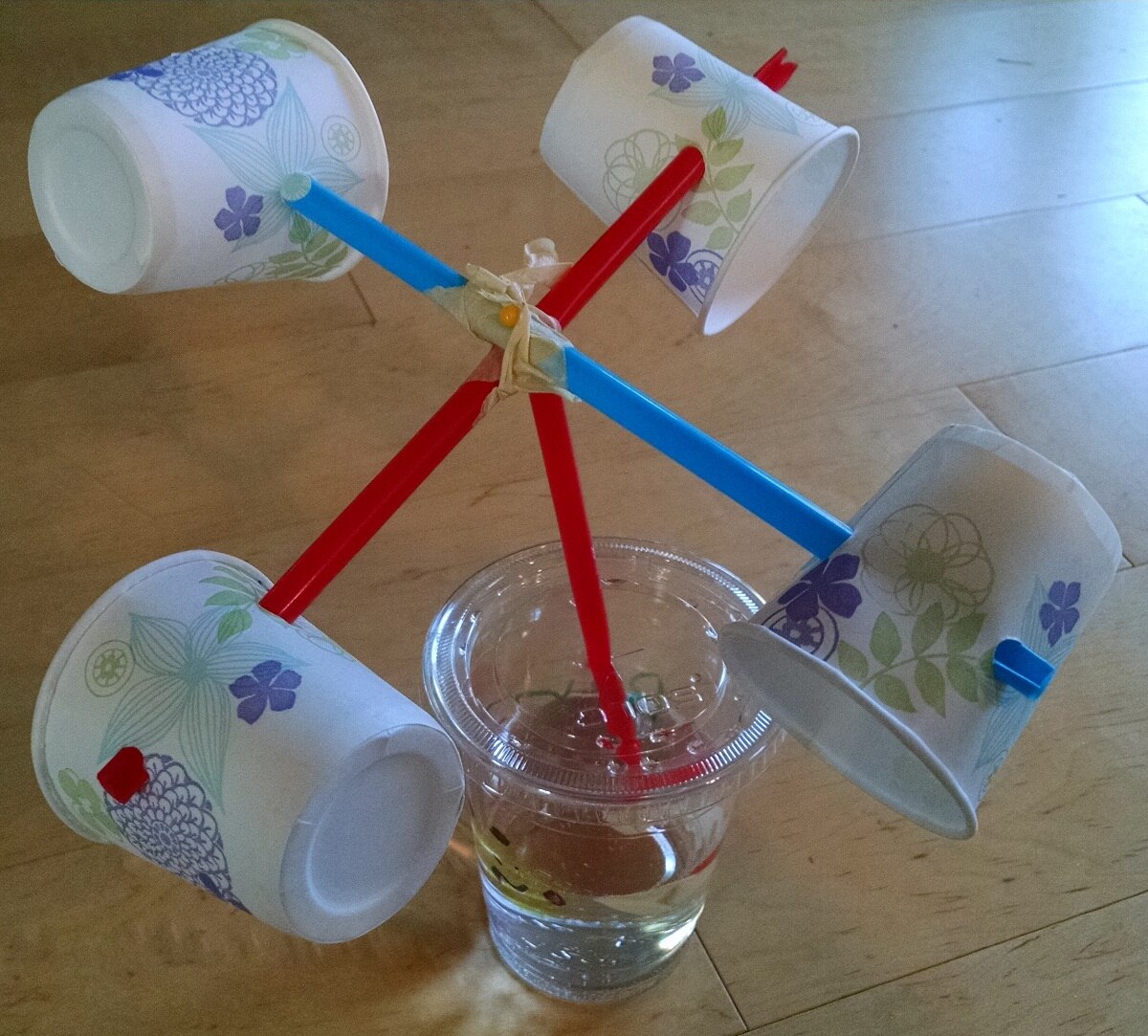
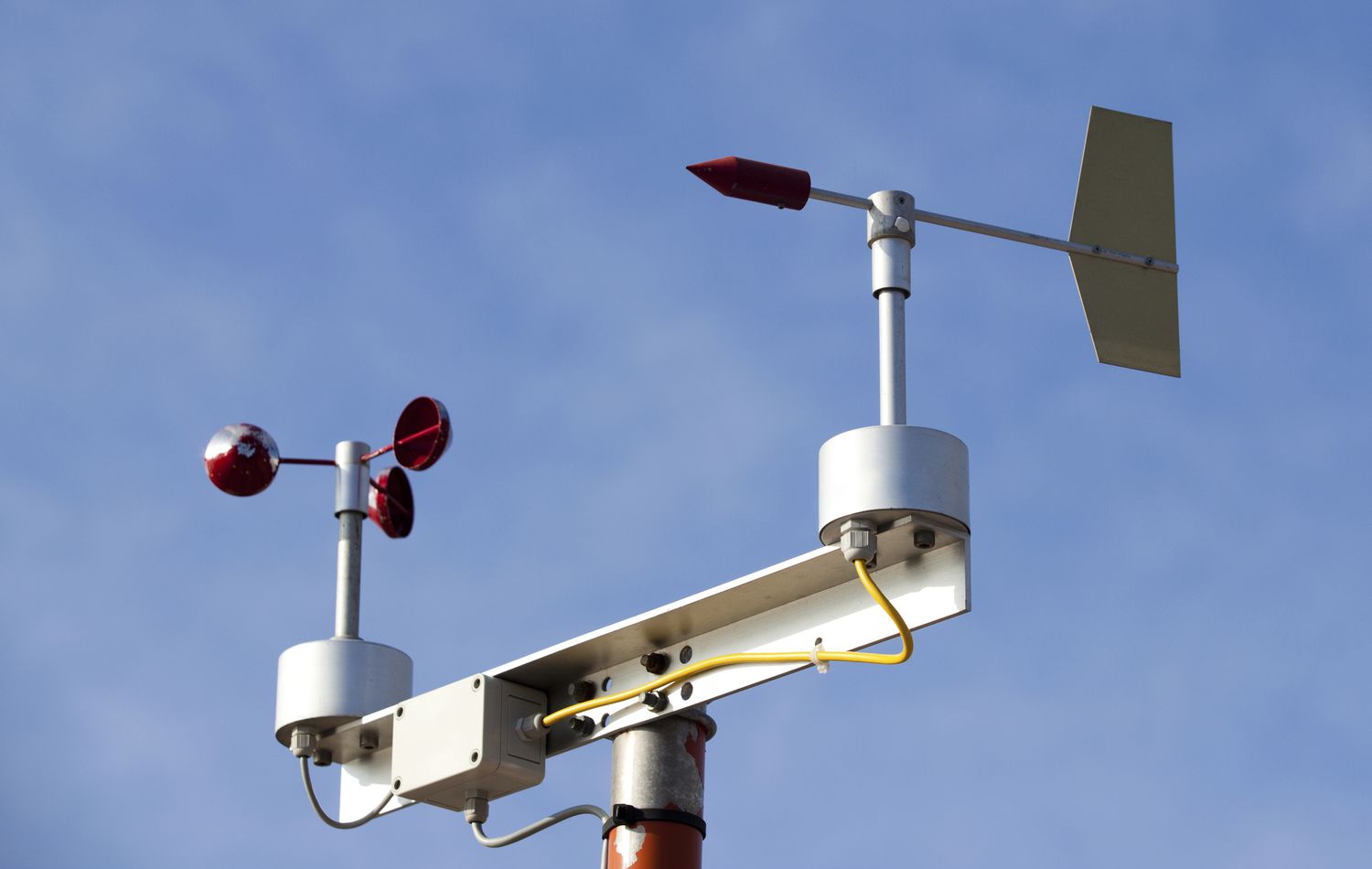
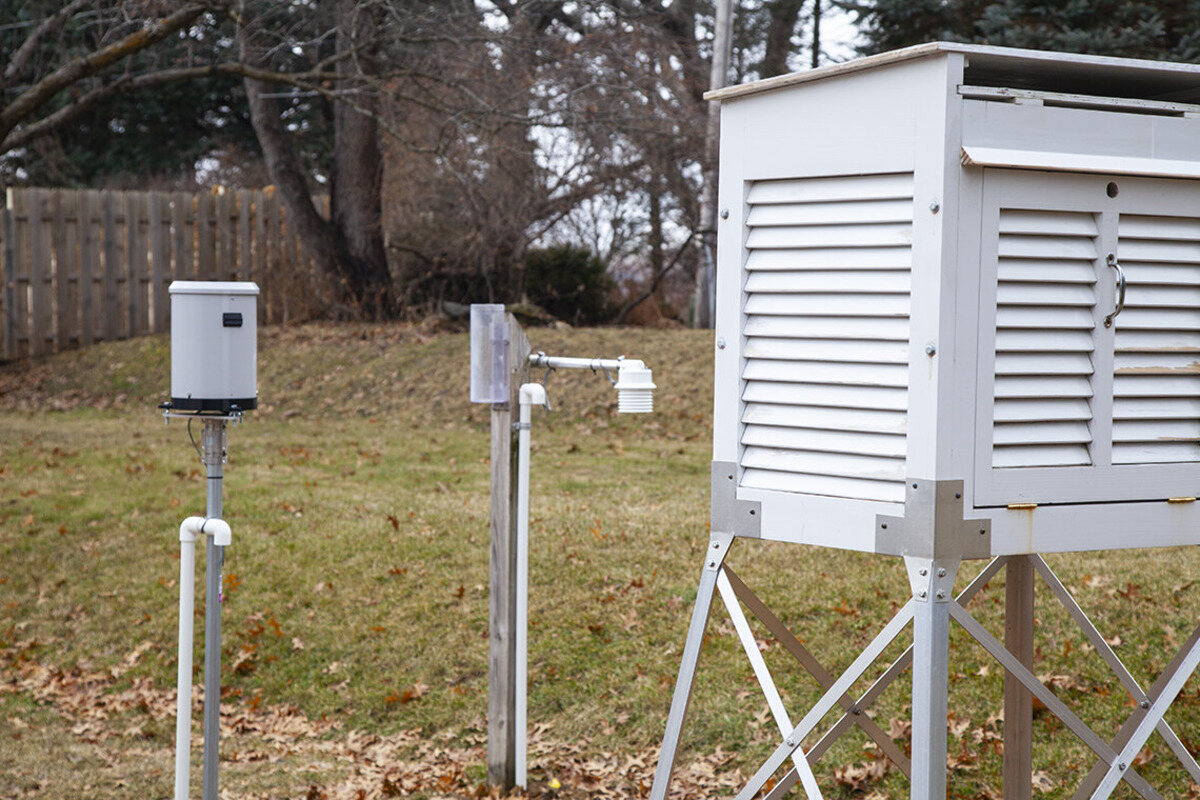
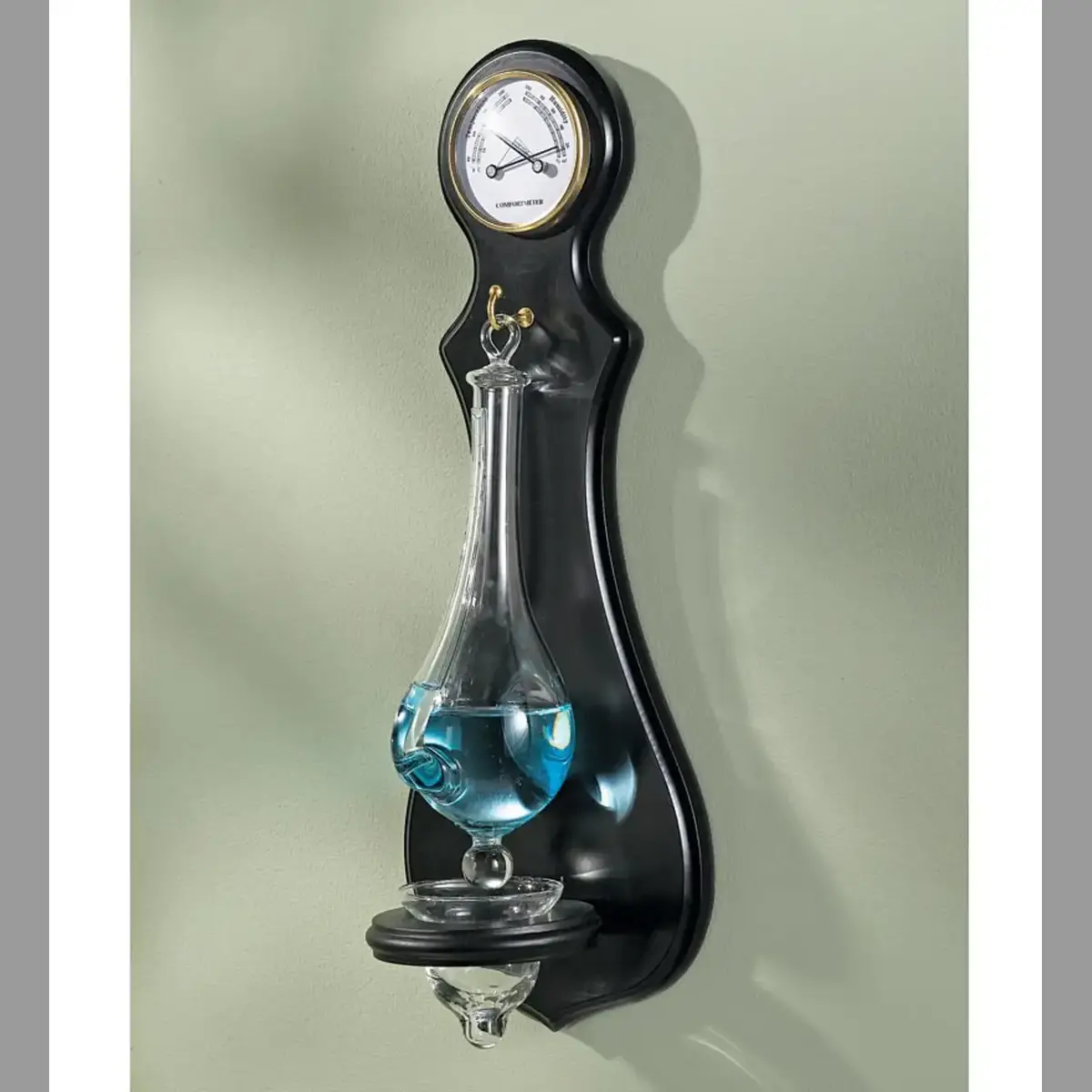
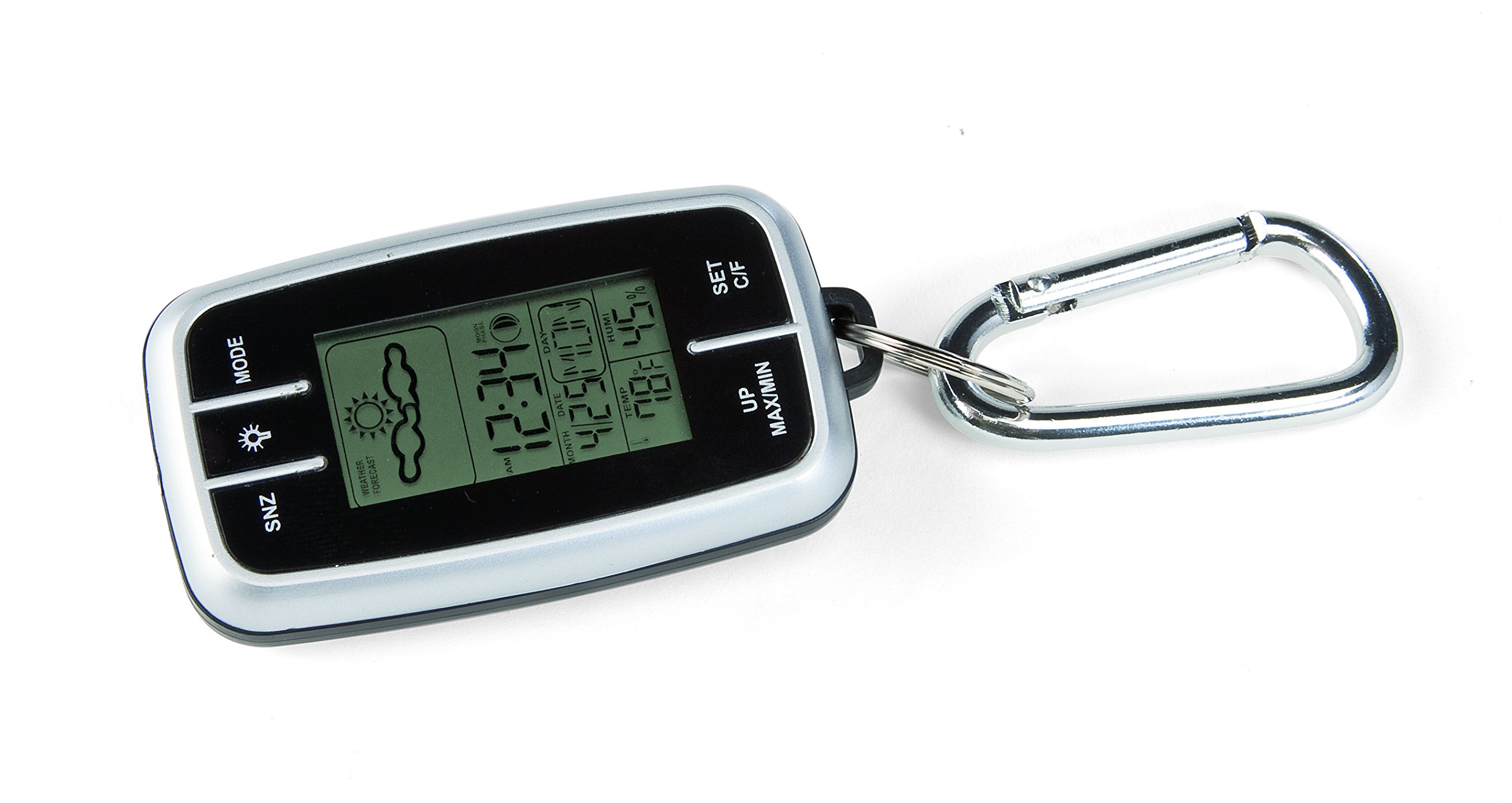

0 thoughts on “Which Weather Instrument Can Be Used To Measure The Amount Of Rainfall”